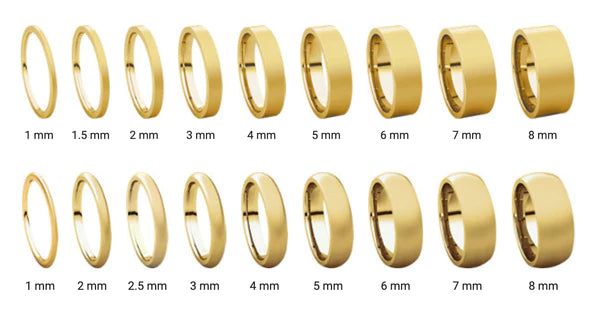Traditional and cultural significance of jewelry in Asian societies
Jewelry has been an integral part of Asian culture for centuries, with deep-rooted cultural and traditional significance. Throughout Asia, jewelry is not only a form of adornment but also a symbol of status, identity, and spiritual beliefs. In this article, we will explore the traditional and cultural significance of jewelry in Asian societies.
India In India, jewelry has played a significant role in cultural and religious practices for thousands of years. Gold is considered a symbol of prosperity and purity, and it is often used to make elaborate necklaces, bangles, and earrings. Jewelry is also an essential component of Indian weddings and is considered a valuable gift that a bride receives from her family. The Mangalsutra, a sacred necklace, is tied around the bride's neck by the groom during the wedding ceremony and is believed to signify the bond between the couple.
China In China, jewelry is a symbol of status and wealth. Jade, in particular, is highly prized and has been revered for its spiritual and healing properties for thousands of years. Jade jewelry is believed to bring good luck, health, and longevity. Red coral is also popular in China and is considered a symbol of prosperity and success. Jewelry is also an integral part of traditional Chinese weddings, with the bride wearing gold jewelry to symbolize her family's wealth and prosperity.
Japan In Japan, traditional jewelry-making techniques such as Kirigami, Mizuhiki, and Kanzashi are still used to create intricate designs. Jewelry is often made from natural materials such as pearls, shells, and coral, reflecting the country's close relationship with nature. Jewelry is also used to symbolize social status and is often given as a gift to mark significant events such as birthdays, graduations, and weddings.
Southeast Asia In Southeast Asia, traditional jewelry-making techniques vary from country to country, reflecting the region's diverse cultural heritage. In Thailand, jewelry is often made from silver and is often adorned with intricate patterns and designs. In Indonesia, gold jewelry is highly prized and is often worn during traditional ceremonies and festivals. In the Philippines, traditional jewelry-making techniques such as filigree and enamel work are still used to create stunning pieces of jewelry.
Conclusion The traditional and cultural significance of jewelry in Asian societies goes beyond mere adornment. Jewelry is an essential part of cultural and religious practices, and it is often used to symbolize social status, identity, and spiritual beliefs. The techniques, materials, and designs used in jewelry-making vary widely across the region, reflecting the diversity of Asian cultures. Whether it is the intricate gold and silver jewelry of India or the delicate pearl and coral jewelry of Japan, jewelry remains a symbol of cultural pride and identity in Asia.

















